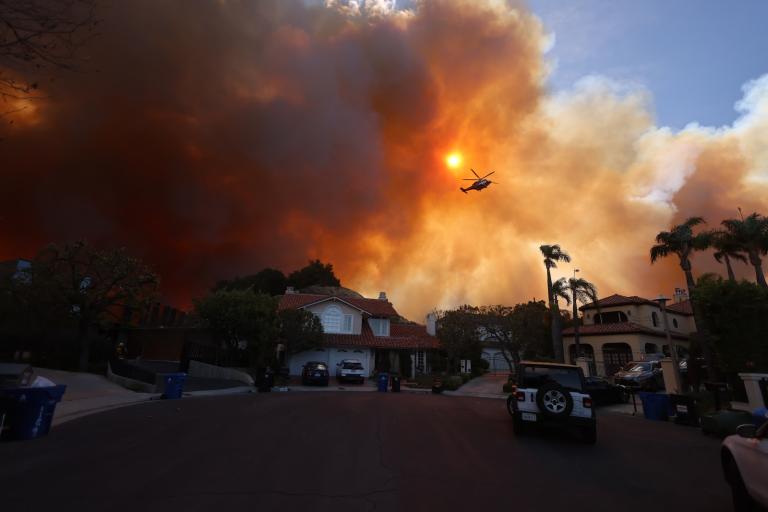Cross-posted from Post Carbon Institute.
In his article in the New York Times Sept. 24, “Oil Industry Sets a Brisk Pace of New Discoveries,” staff reporter Jad Mouawad cites oil discoveries totaling 10 billion barrels for the first half of 2009. The Tiber field in the Gulf of Mexico alone accounts for four to six billion barrels of crude that may eventually find its way into the world oil system. Indeed, this year has seen discovery results that could end up being the best since 2000. But, the article notes, the new oil was expensive to find, it will be expensive to extract, and both exploration and production are only possible because of high levels of investment and sophisticated, expensive new technologies.
To justify the needed level of effort, the oil industry requires prices in excess of $60 per barrel, according to Mouawad; otherwise, the new projects will turn out to be money-losers. Some analysts believe the magic break-even number is closer to $70. In any case, the figure is much higher than was required only a few years ago, and still-higher prices may be necessary to make exploration and production profitable for future projects — prices perhaps close to $80.
According to Mouawad, “While recent years have featured speculation about a coming peak and subsequent decline in oil production, people in the industry say there is still plenty of oil in the ground, especially beneath the ocean floor, even if finding and extracting it is becoming harder.” So the new discoveries presumably indicate that peak oil has been delayed, and that our concerns about the event have been misplaced.
Yet this would be a strange conclusion to draw from the facts cited, for two reasons.
First: The 10 billion barrels of new discoveries reported so far do initially sound encouraging: if the second half of 2009 is as productive, that means a total of 20 billion barrels of new oil will eventually be available to consumers as a result of discoveries this year. But how much oil does the world use annually? In recent years, that amount has hovered within the range of 29-31 billion barrels. Therefore (assuming continued good results throughout 2009), in its most successful recent year of exploration efforts, the oil industry will have found only two-thirds of the amount it extracted from previously discovered oilfields.
When the “10 billion barrels” figure is framed this way, its “gee whiz” shimmer quickly fades. (Yes, the article discusses the phenomenon of “reserve growth,” which is supposed to render the pace of new discoveries less important — but that red herring has been exposed plenty of times.) The Times article hints that 2009’s high discovery rate may be the beginning of a new trend, so that we may see even better rates in future years; but remember, that hypothetical outcome hinges on a crucial factor — increasing investment in exploration and production — which leads us to a second critical thought.
The staggering levels of investment that enabled drilling in miles of ocean water, so as to achieve the 2009 finds, were occasioned by historic petroleum price run-ups from 2004 to 2008 — with prices eventually spiking high enough to cripple the auto industry, the airlines, and global trade. As petroleum prices climbed ever higher, oil companies saw sense in drilling test wells in risky, inhospitable places. But in recent decades oil price spikes have repeatedly triggered recessions. And clearly, as we all discovered rather forcibly last year, the global economy cannot sustain an oil price of $147 a barrel: as the economy crashed in the latter months of 2008, so did oil demand and oil prices (which hit a low in December-January near $30).
So, what is a sustainable price? A review of recent economic history yields the observation that when petroleum sells above about $80 a barrel (in inflation-adjusted terms) the economy begins to stall. Oil industry wags have begun to speak of a “Goldilocks” price range of $60 to $80 a barrel (not too high, not too low—just right!) as the prerequisite for economic recovery. If prices are higher, the economy sputters, reducing oil demand and subsequently seriously undermining prices; if they drift lower, not enough investment will go toward exploration and production, so that oil shortages and price spikes will become inevitable a few years hence (indeed, since the oil price crash of late 2008 over $150 billion of investments in new oil projects have been cancelled). If the market can keep prices reliably within that charmed $60 to $80 range, all will be well. Too bad that petroleum prices have grown extremely volatile in recent years: we must hope and pray that trend is over (though there’s no apparent reason to assume that it is).
Let me summarize: the industry needs oil prices that are both stable and near economy-killing levels in order to justify investments necessary to possibly replace depleting reserves and overcome declining production in existing oilfields (I say “possibly” because we have insufficient evidence as yet to conclusively show that new discoveries enabled by expensive new exploration and production technologies can offset declines in the world’s aging giant oilfields).
Should this picture lead the viewer to come away with reassured thoughts of “No worries, happy motoring?” Or does this look more like a portrait of peak oil?
Several commentators (including analysts with financial services company Raymond James Associates and Macquarie, the Australian-headquartered investment bank) have concluded from recent petroleum statistics that global oil production peaked in 2008. Macquarie is saying that world production capacity is peaking this year, which is a nuanced way of saying the same thing, since currently production is constrained more by depressed demand than by immediate shortfalls in supply; in effect both organizations assert that the world will never see higher rates of extraction than the so-far record level of July 2008.
I see nothing in the recent discovery data that should call that conclusion into doubt.

